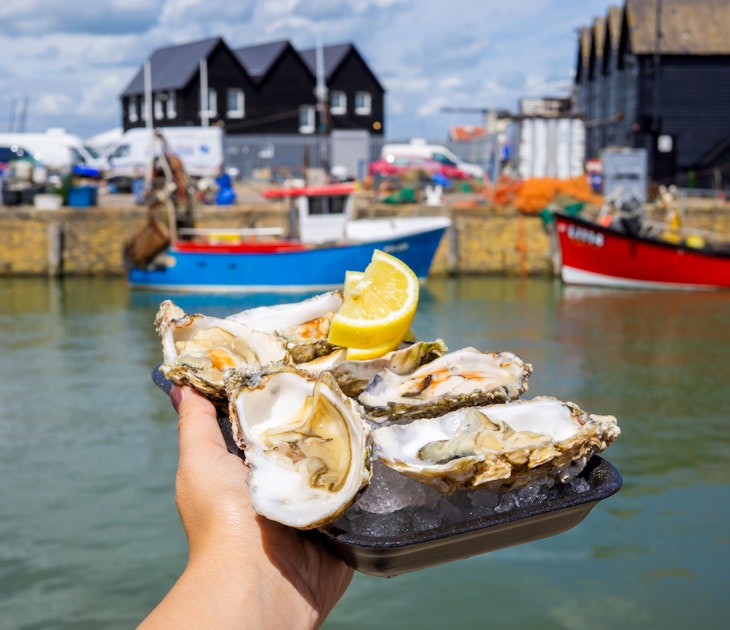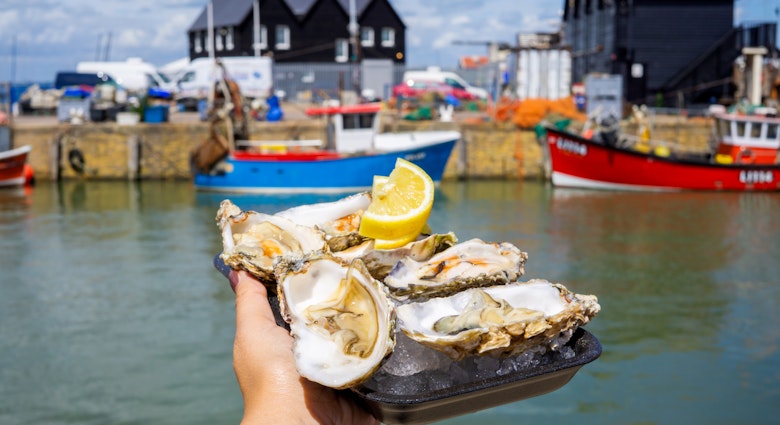Here's our recipe for Cornwall’s most famous and beloved export, the Cornish pasty.
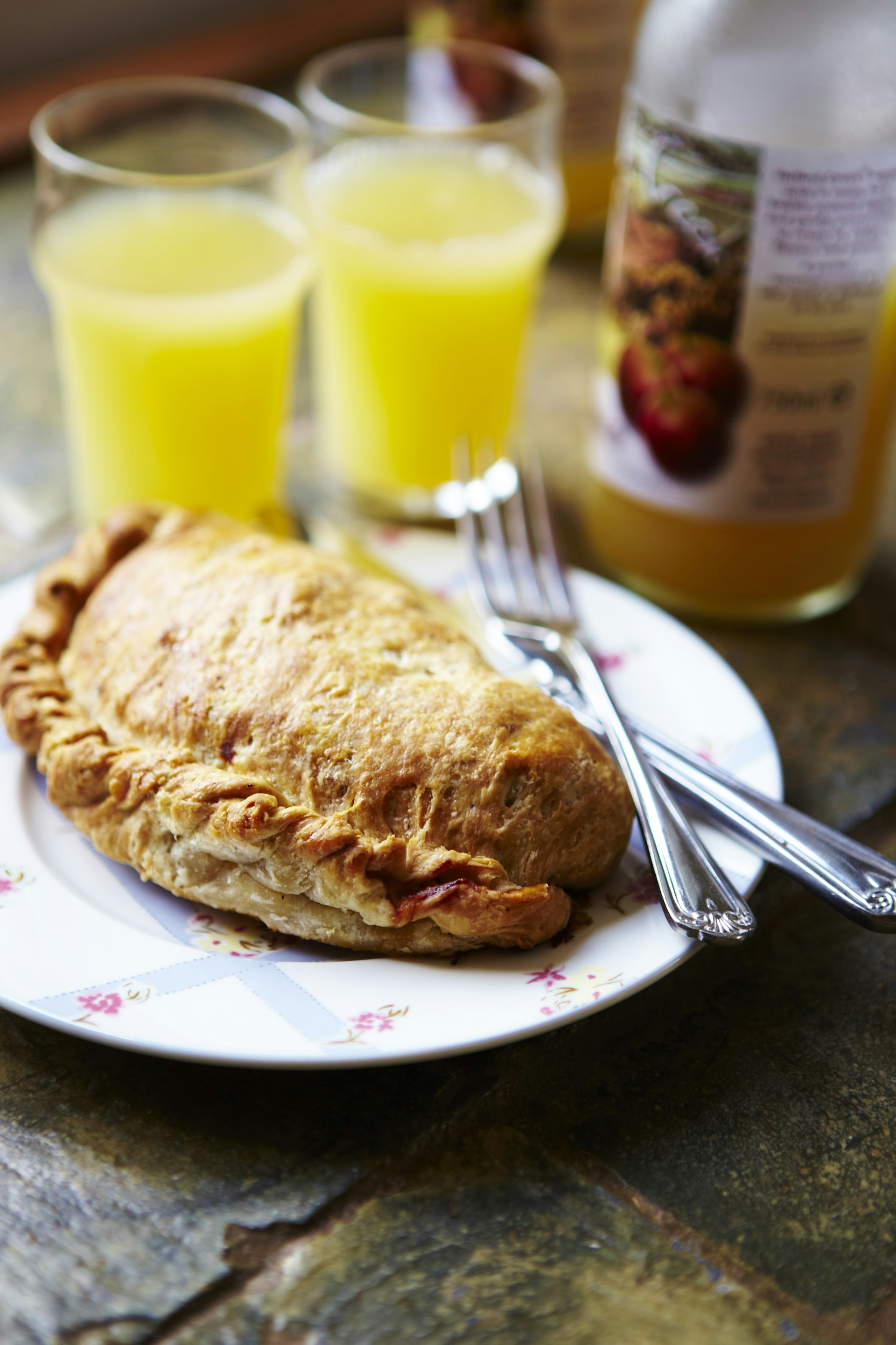
What is it?
Curvaceous pastry parcels, bulging with hearty goodness, these edible lunch boxes of meat and veggies, wrapped in a golden crust, have fed the poor and peckish for centuries.
Ingredients (serves 4)
For the dough:
450g (1lb) strong white flour
110g (4oz) lard
100g (3½oz) margarine
¾ cup (175ml) water
For the filling:
250g (8¾oz) swede, sliced
200g (7oz) onion, sliced
400g (14oz) beef skirt, chunked
600g (1¼lb) potatoes, sliced
black pepper and salt, to taste
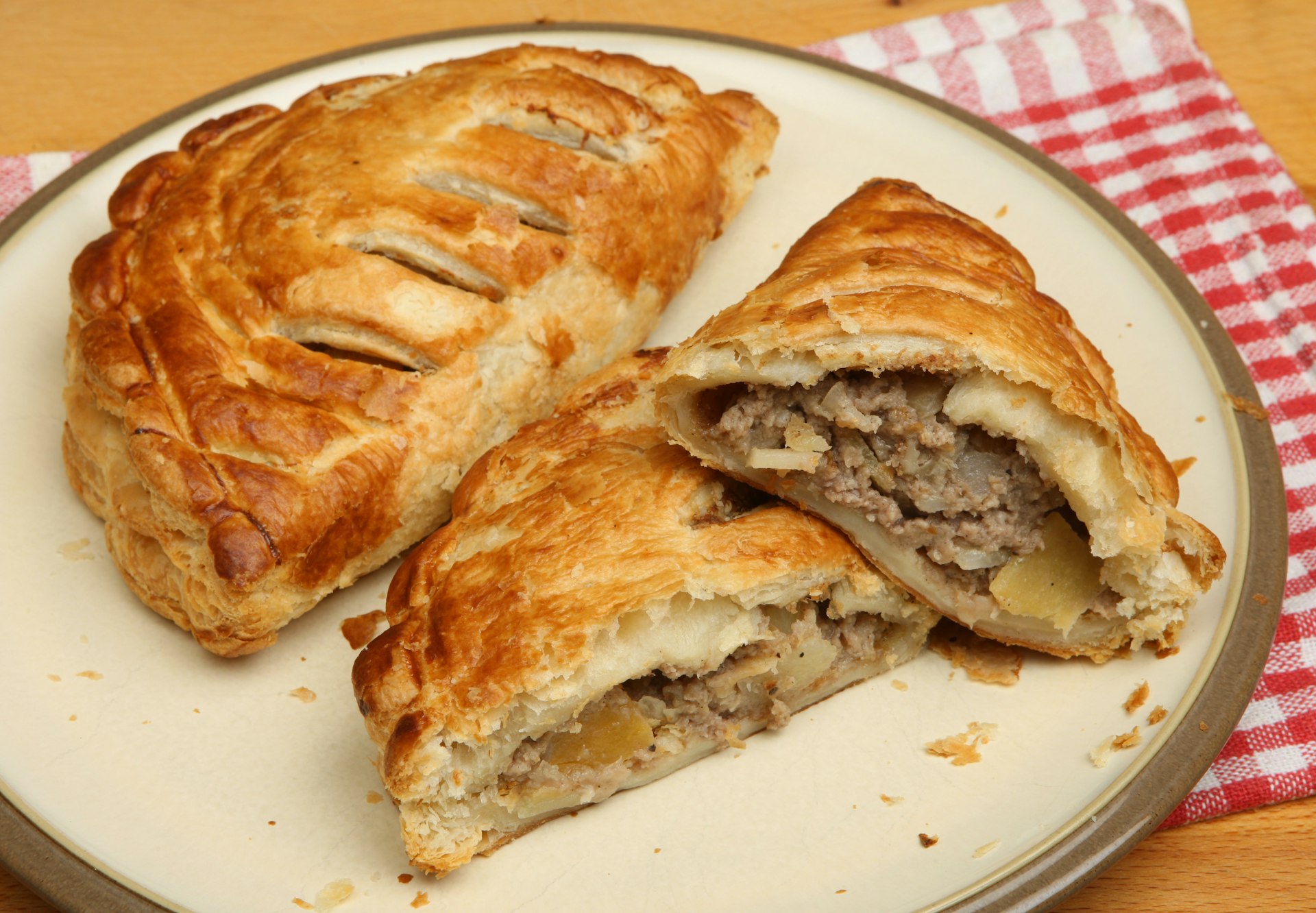
How to cook
Step 1: Preheat the oven to 220°C (430°F).
Step 2: Rub a quarter of the lard into the flour. Add the remaining lard and the margarine, and stir (with a knife). Add water; stir till absorbed.
Step 3: Knead the dough, then refrigerate for 30 minutes.
Step 4: Divide the pastry into four pieces. On a floured surface, roll each piece into a circle, about 22cm (9in) across.
Step 5: Lay the uncooked swede and onion across each circle’s middle; season.
Step 6: Layer on raw meat; season.
Step 7: Add most of the potato; season. Top with the rest of the potato – do not salt.
Step 8: Lightly wet one side of pastry and fold it over the other side, gently pressing together. Crimp the edges to tuck in the contents.
Step 9: Make a cut in the top and brush the top with milk. Bake the pasties for 40–50 minutes, checking halfway through; if browning quickly, turn the oven down to 160°C (320°F).
Step 10: Slice before eating, to release steam.
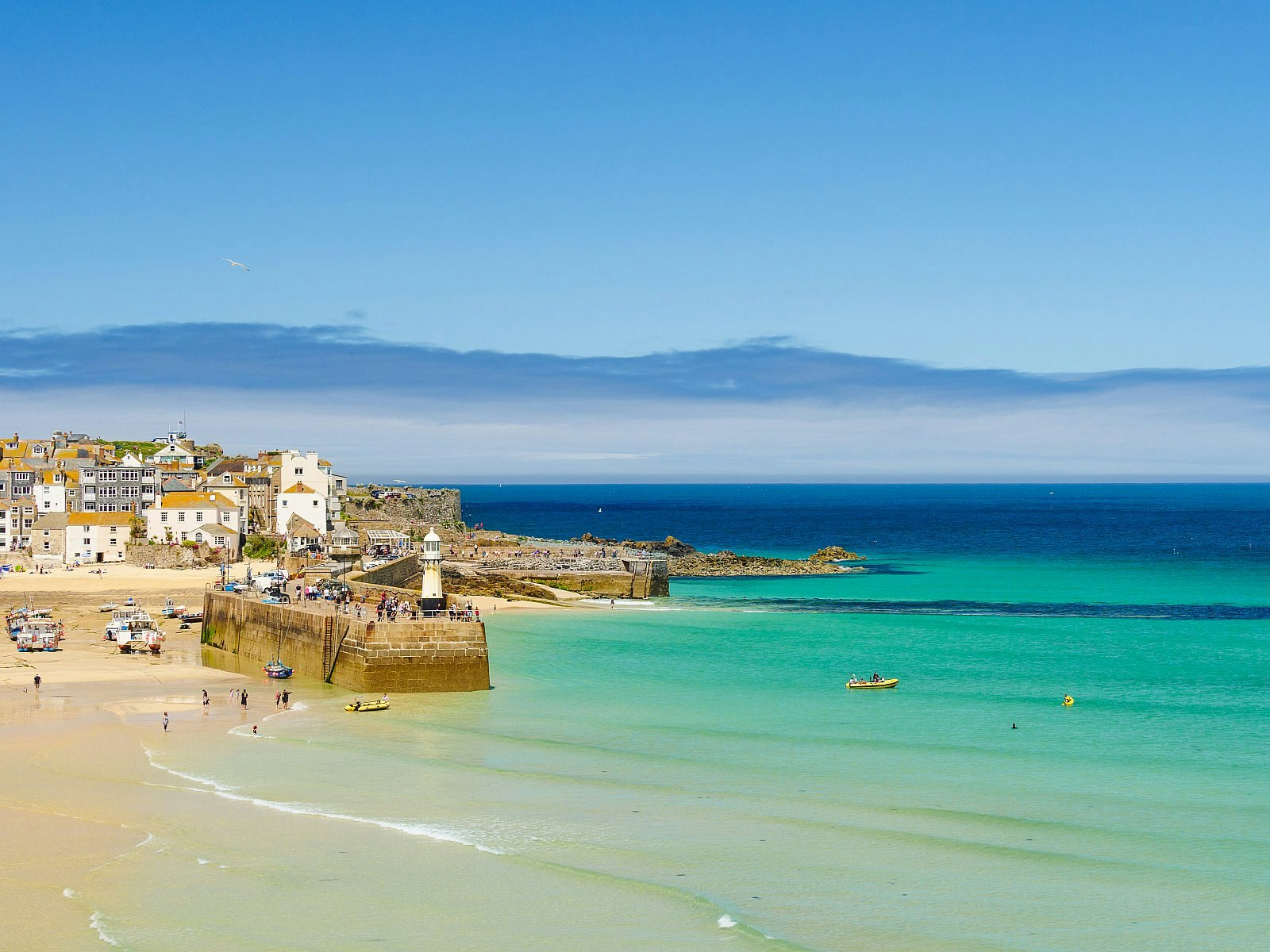
Tasting notes
You can taste the heritage of the Cornish pasty: it’s not fancy food, it’s fuel. The dense filling – lightly seasoned, best hot – is robust and sustaining. Buying a pasty is an unceremonious affair: you’re as likely to find a good one in the village post office as in any artisan deli. Biting into one, pastry melty but firm, slithers of onion caressing tender hunks of beef, is like leaning back into a battered sofa – warm, soft, comforting. Though there’s no fish involved (it’s thought bad luck to include it), the best place to eat them is by the sea. So take one for a coastal hike – never will a pasty be more deserved, or taste better.
Other recipes in this series:
Sri Lankan kothu roti
Middle Eastern hummus
Italian tagliatelle al ragu
Have you recreated any of the dishes featured in this series so far? Share your pictures with us on Twitter and Instagram by tagging @lonelyplanet. For more great recipes, check out Lonely Planet’s book The World’s Best Street Food.

